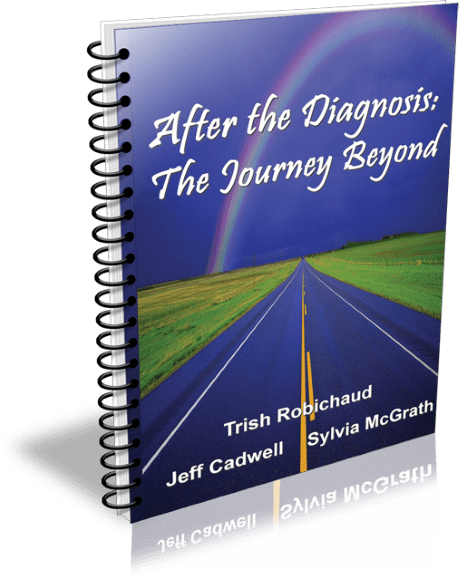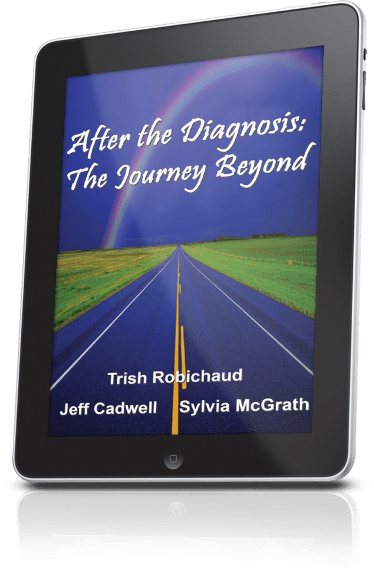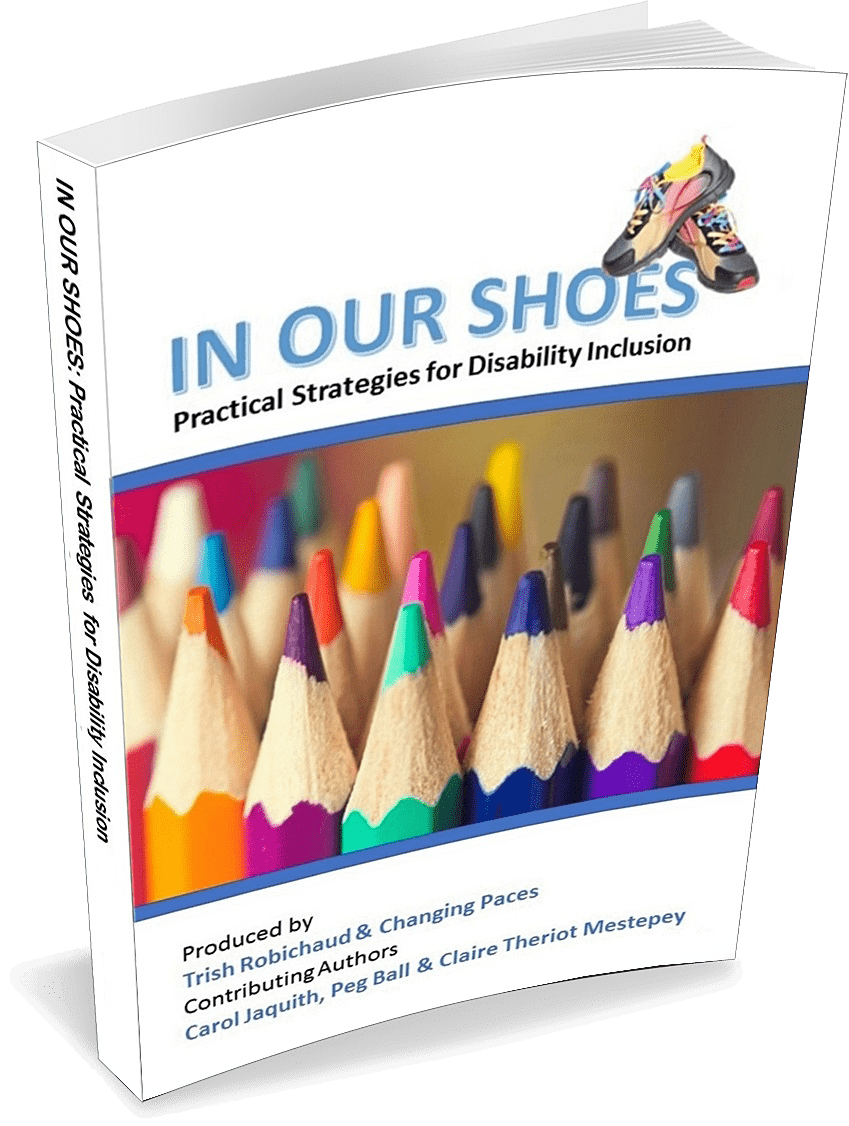Books on Topic
After The Diagnosis: The Journey Beyond
Print or eBook Version
This workbook will guide the reader through the grieving process that generally follows a life-changing diagnosis. The readings, exercises and even poetry help the reader process their new reality in a safe space. Once there, the book goes on to support the reader in moving beyond the grief; from exploring options to decision-making for the rest of their life.
ATTENTION: People who have been, or care about someone who has been diagnosed with a chronic illness or disability
Trish Robichaud, Jeff Cadwell & Sylvia McGrath have put their years of experience living with chronic illness into creating this book to help you tap into the tools that they’ve discovered to live life to the fullest in spite of a chronic illness.
Let them guide you through the trials and tribulations that you face and show you that they are living proof that you CAN live a fulfilled and enjoyable life while honouring and accommodating your health condition.
In Our Shoes: Practical Strategies For Disability Inclusion
Print or eBook Version
This “one-of-a-kind” guide to accommodating people with disabilities provides a series of 40 problematic scenarios & possible solutions, depicted in a broad variety of settings that illustrate the realities and real-life experiences people with disabilities face every day. The book includes an index for looking up situation-specific information on an as-needed basis.
Learn from the Authors… They Know Disabilities! Trish Robichaud, along with co-authors, Carol Jaquith, Peg Ball and Claire Theriot Mestepey, bring their own personal experiences living with disability to this powerful and unique educational book.
This right-on-point, disability inclusion resource will increase your confidence around handling disability-related issues as intuitively as responding to any other situation.
Each scenario is 4 parts: (1) A short story about a person encountering a barrier, (2) A couple of questions for the reader to consider to raise awareness, (3) A proposed solution to removing the barrier, and (4) A brief description of the disability or condition that the person in the story has.
It will ease any anxiety you may have over handling ambiguous situations that involve people with disabilities.

“The facilitator was passionate about her subject matter, made the learning fun and created a learning environment where people could ask questions comfortably. The practical simulation exercises had the most impact.”




